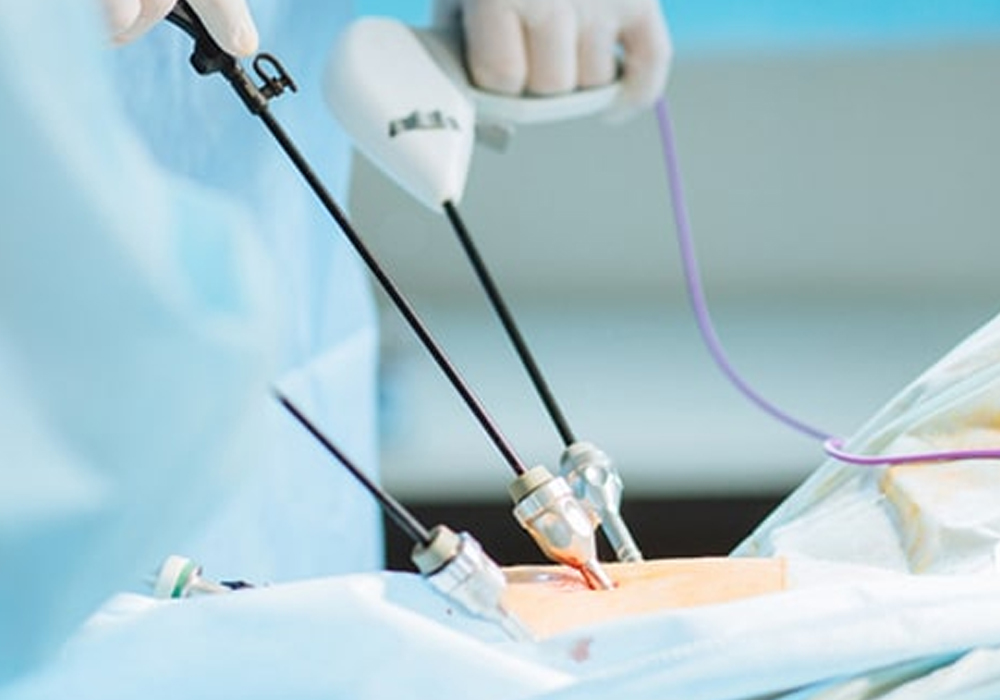Laparoscopic Gallstone Surgery

A laparoscopic gallbladder stone surgeon makes multiple tiny abdominal incisions to remove the gallbladder and gallstones during this procedure. To see well, the laparoscopic surgeon will blow air or carbon dioxide into your abdomen. A lighted scope connected to a video camera (laparoscope) is inserted by the laproscopic surgeon through one incision close to the belly button. The physician then makes the other incisions, inserting surgical instruments into them to remove your gallbladder while using a video monitor as a guide.
Out of 100 gallbladder procedures performed in the US, only 5 to 10 percent are performed laparoscopically; in these cases, the physician must convert to an open procedure that necessitates a wider incision.Instances of unexpected inflammation, scarring, trauma, and bleeding may necessitate open surgery as opposed to laparoscopic surgery. The best method to remove the gallbladder and stone is through laparoscopic surgery.
Laproscopic gallbladder Surgery
An intraoperative cholangiography is a type of X-ray that your doctor may perform to see the anatomy of your bile ducts prior to the removal of your gallbladder. Another name for it is “keyhole surgery.” Your abdominal cavity is not extensively opened by your laproscopic surgeon. Rather, he makes four little incisions. A tiny, flexible tube with a light and a tiny video camera is inserted into your abdomen by the surgeon. These aid in improving the surgeon’s view of your gallbladder. The damaged organ will then be removed by the surgeon using special instruments. Dr. Vinay Kumar Yadav is a renowned laparoscopic gallbladder stone surgeon in Goregaon and practices at Ashtha Hospital.
The existence of gallstones and the problems they create are the primary causes of gallbladder removals. Cholelitheasis is the term used to describe gallstone presence. Bile-derived compounds that solidify inside the gallbladder give rise to gallstones. They range in size from as big as a golf ball to as tiny as a grain of sand.
